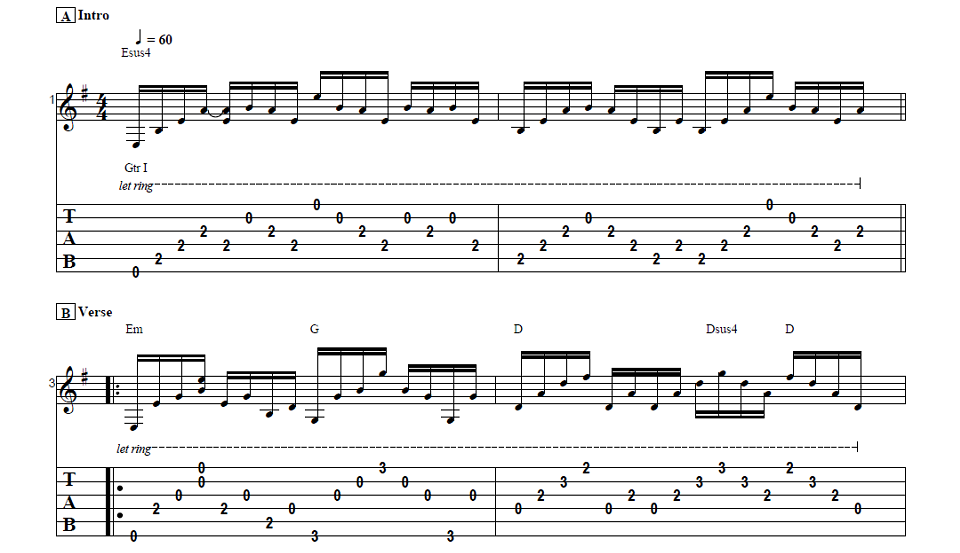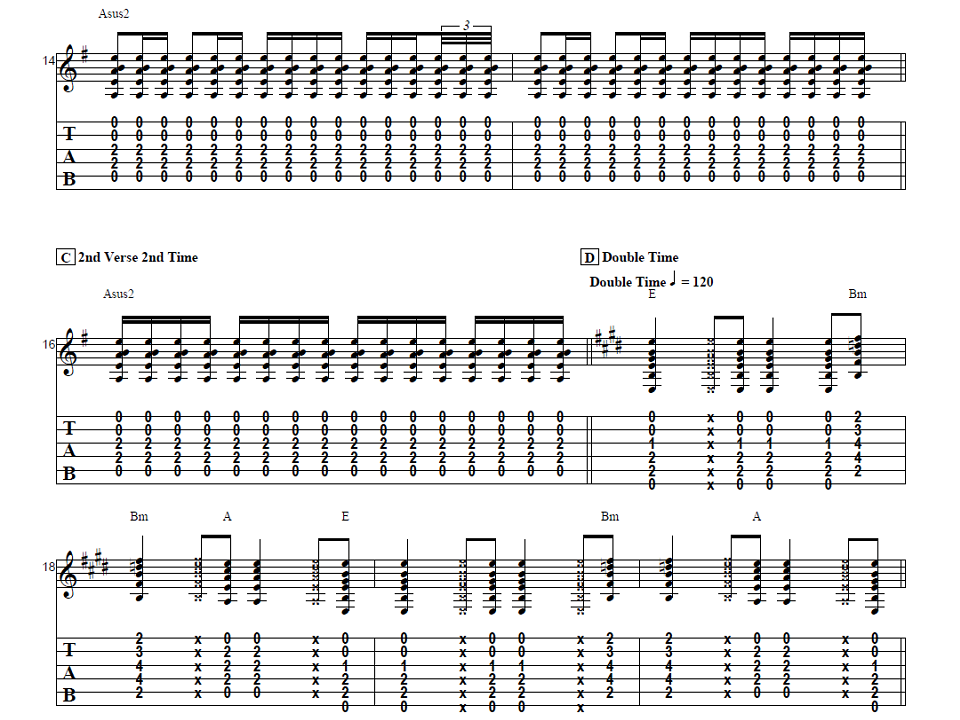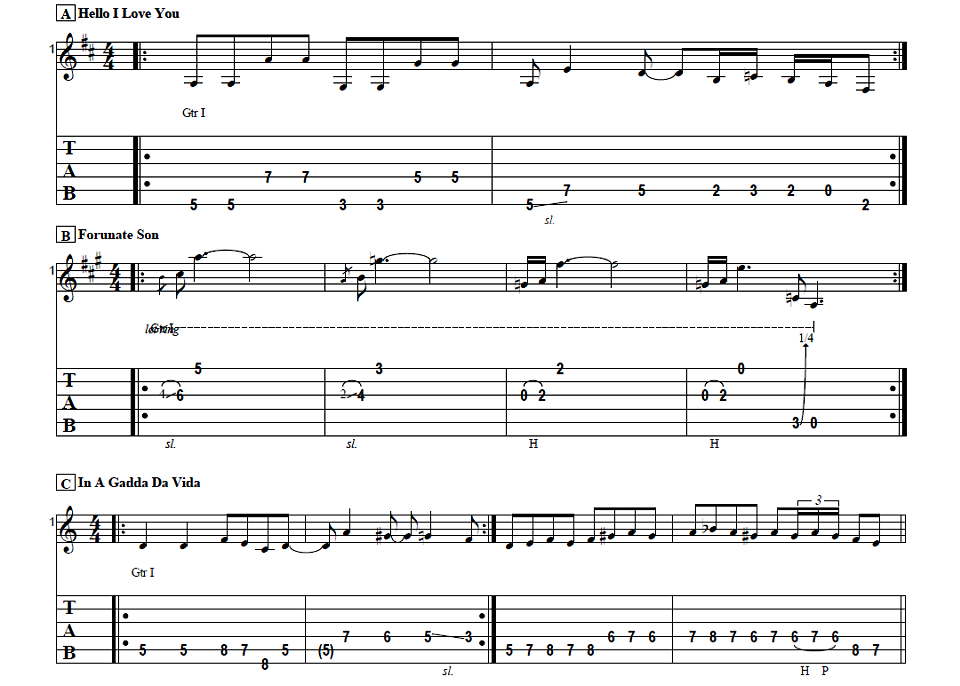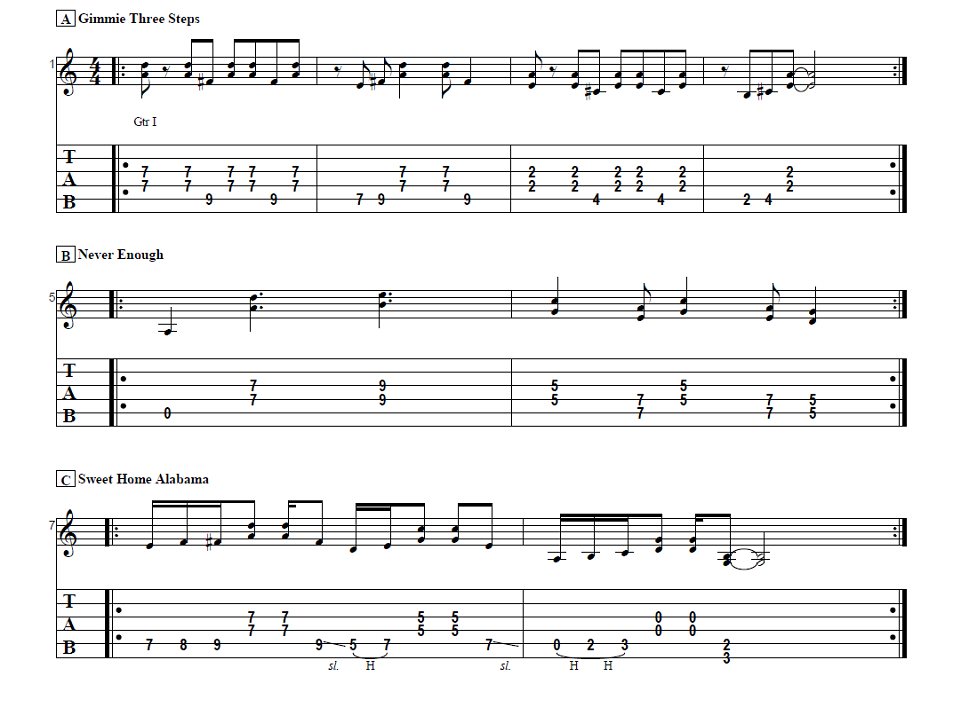Guitar Control presents instructor Darrin Goodman with a killer lesson on how to play Behind Blue Eyes by The Who. Be sure to get the tabs to go along with this video lesson on How To Play Behind Blue Eyes By The Who.




Introduction
Hey everybody how’s it going? This is Darrin with GuitarControl.com bringing you this video lesson. Today I want to show you how to play one of my all-time favorite songs, Behind Blue Eyes by The Who. So this is probably going to be a little bit longer of a lesson than usual; there’s quite a few different parts that we have to go over in this, but we’ll get through all of the parts so you’ll be able to play this song. So be sure to click on the link in the description for the tabs and let’s get close up and take a look at How To Play Behind Blue Eyes By The Who.
Behind Blue Eyes Intro
So there are quite a few chords in Behind Blue Eyes by The Who and most of them are just chords that you should already know, just the basic open chords, so I’m not going to go through all the chords individually, but there’s just some of them that are ones that you may not have done before that will do. All right so we start off we’ve got this intro and the chord that is played for this intro is E suspended four (Esus4). So if you just take the E minor chord that you already know and put your fourth finger down onto the second fret of the G string so you’re on the second fret of the A, D and G strings and then both E’s and the B string are open, that’s Esus4. All right so for this little intro of Behind Blue Eyes by The Who we’re just going to kind of arpeggiate this chord… so that’s the first measure. So we have; e, a, d… And then for the second measure; a, d, g, b, g, d, a, d, a, d, g, e, b, g, d, g… And that leads us into the verse for Behind Blue Eyes by The Who.
Verse
All right so next we have is the verse for Behind Blue Eyes. So the verse starts off with E minor and we’re gonna do; e, d, g, and then the B and high E strings together… d, g, a, and then we switch to a G major chord. Now you may already know for this open G major chord there’s two ways you can do it. You can have it so you’re on the third fret of the B string or the B string open. For this particular song you want to do it with so the B string is open. So starting back on the E minor so when the very last note it changes to the G in kind of a weird place; so it’s 16th notes and so this is one e, two e and a, the D string is open so at that point is when you switch to G and you can switch to G and use these fingers like this to make the transition a little bit easier. So when I switch to the G we actually start; d, e, g, b, e, b, g, e, g and then we go to a, d and now we’re d, g, b, e, d, g, d, g and then we’re gonna switch to a d suspended four (Dsus4). So you just take your regular D chord and just put your fourth finger down onto the third fret of the high E string… and then take it back off… so that’s the first two measures of the verse and the verse is four measures long and then it’s repeated so you end up playing through this entire sequence that I’m going to show you twice, so we’ve gone through the first half of it… Then from there we go to a C add 9 (Cadd9). So this is another chord that there’s a couple of ways you can do it. So the easiest way to transition from the D to the Cadd9 is just leave your ring finger where it is and move your first finger to the second fret of the D string and your second finger to the third fret of the A string and then the low E and the high E are open and now we have; a, g, b, e, b, g, d, g and then back. So it’s basically that twice and then to an A suspended two (Asus2). So for this the A string is open and I’m on the second fret of the D string with my second finger and the second fret of the G string with my third finger and the B and high E strings are open. So now we’re; a, g, b, e, b, g, d, g and we just do that twice… and then the whole thing would just repeat… Then it actually goes into where it’s going to be strumming these chords. So we start off with the Cadd9 and it’s like a quarter note, an eighth note and then two 16th notes… so same strum and if you just if you listen to the song, and this is in standard tuning, it’s also pretty slow it’s like 60 beats a minute during this section of the song, so it’s pretty easy to play along with and I’d encourage you just to memorize the chord progression and then just kind of work through it… Then moving on we’re back to a Cadd9 again, same strumming, and then we’re going to go to D and then an E major. So this second measure is measure 10 on your transcription and we have the E and we’re going to strum and try to hit just the three lower strings and then the three higher strings… so that’s that first beat and then we go to an B over E (B/E); so it’s like a B5 power chord and my first finger is on the second fret of the A string my third finger is on the fourth fret of the D string and my fourth finger is on the fourth fret of the G string… and then back to E and then it just ends with two open E strings… so that’s measures nine and ten… Then we go to a B minor to C to D and then to a Dsus4 and then the second strum we pull-off back to D. All right so starting on measure 11 with that B minor to C to D and then from that to A suspended two (Asus2)… and there’s two measures of that and we’ve got that same strum and it’s kind of it’s kind of broken up; so again it really helps if you just play along with the song… and that completes the verse. When you play through the verse the second time when it gets down to that Asus2 instead of being two measures of it just has this one measure… and then that’s when it leads to this part of Behind Blue Eyes where it like picks up and actually goes into double time and switches from 60 beats a minute to 120.
Double Time
All right so when it goes into this double time part of Behind Blue Eyes by The Who we’re gonna have some muted strums in here. So we start off we’re on E major and we’ve got; strum, mute, strum, strum… so it’s one, two and three, four and then on the & of four we switch to B minor and then it switches to an A. So we’ve got E, mute, B minor, A, mute and then back to E again and that’s the whole rhythm for that… and that leads us into the bridge section of Behind Blue Eyes.
Bridge
So for the bridge section of Behind Blue Eyes it’s that same kind of feel and timing. So we have; E, Bm, A, E, E, G, D… A, D, back to Bm, A, E, Bm, A and then it just repeats… Okay so when you get down to the on the last part of that after you’ve gone through B; this B is like one, two and this is measure 31. So we have the B; one two three and four… The B starts with a half note; one two and then four eighth notes three and four and G, D and then back to b for a real quick 16th note tuplet… to an A, G, D and then A and B again and back to that B again for another real quick tuplet to a quarter note and another tuplet and another quarter note mute. Okay so this part is kind of weird just to kind of play it out of context… and then it just goes onto this B and ends there and then it goes back and plays like intro part of the song again. So all the all the arpeggiated parts are really easy just to kind of follow along on the music and then for this strumming part that’s probably going to be the tougher part; so if you just really kind of break it down and you can really get all that in there because it’s fairly simple to play along with it. If you’re really a beginner and you haven’t really done this kind of thing before, just kind of do the best you can and play along with the recording of Behind Blue Eyes by The Who and just slow it down a little bit you know if you know if you that you can slow it down on YouTube and then it’ll make it easier to play along with Behind Blue Eyes by The Who.
Conclusion
All right so there you have it. That’s all the parts for Behind Blue Eyes by The Who. So if you like this video be sure to give me a thumbs up leave me a comment down below if you have any questions about this or any other guitar related topics. If you’ve not already done so please hit that subscribe button and click the notification bell so you don’t miss out on any of the content that we upload throughout the week. That is all I have for you today. Thanks for watching How To Play Behind Blue Eyes By The Who and have a great day.
For more great song lessons like How To Play Behind Blue Eyes By The Who check out our Ultimate Guitar Song Collection.

